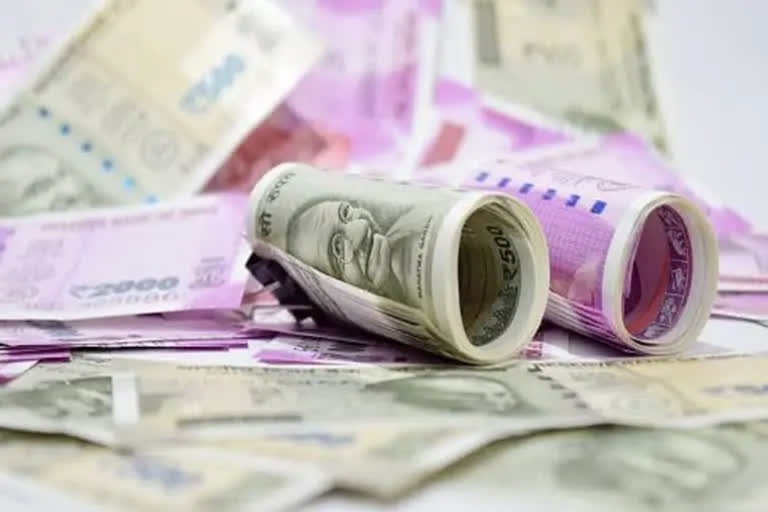Hyderabad: December 4 is observed as the International Day of Banks, as designated by the United Nations General Assembly in 2019. It was first celebrated in 2020 and is observed to mark the importance of multilateral development banks in the financially sustainable development and to recognise the role of banking systems in improving the standard of living.
ETV Bharat sheds light on various banks across the world, their functions and peculiarities to mark the day.
Banks play an important role in the financial markets as well as the overall economy worldwide. Some crucial functions such as offering services like investment of funds and lending money at interest are carried out by banks. In some countries, such as Germany, banks have large stakes in industrial corporations. Whereas in the United States, banks are prohibited from buying non-financial companies. In Japan, banks have a peculiar cross-shareholding structure commonly known as Keiretsu.
In France, banks have been offering insurance services, now with an addition of real estate services to their customers. In China, the banking system is based primarily on the People's Bank of China (PBOC), which is the central bank with regulatory powers of monetary policy and on the China Banking Regulatory Commission (CBRC). Whereas in Pakistan, banks are classified into three main groups namely public sector banks, domestic private banks and foreign banks. Public sector banks are further divided into public sector commercial banks and specialised banks. Thus, banks across different countries of the world have their own peculiar ways of functioning.
Also read: Pvt bank promoters can hold up to 26% after 15 yrs, will have to bring in more money
According to Forbes' recently released third edition of the 'World's Best Banks' list released in partnership with market research firm Statista, the top banks across the world are usually from the US and China. The top five banks of the world include JP Morgan (US), Bank of America, Industrial & Commercial Bank of China (ICBC), China Merchants Bank and China Construction Bank. Among the Indian banks, HDFC Bank Ltd is in 17th place & ICICI Bank Limited is in 38th place whereas SBI stands for 51st place among the top 60 banks of Forbes list of the best banks of the world.
The top five banks in India include the DBS Bank, CSB Bank, ICICI Bank, HDFC Bank and Kotak Mahindra Bank respectively. DBS was named as the 'Safest Bank in Asia' for the 12th consecutive year and was ranked number one out of 30 domestic and international banks in India for the second consecutive year. India Post Payment Bank also remarkably stands in 11th place. The top five public sector banks in India include Bank of India, Indian Bank, Punjab National Bank, State Bank of India and Canara Bank.
The bank rankings are usually given on the basis of the financial soundness of the banks. Just like credit agencies, such as Standard & Poor’s (S&P), Moody’s, and Fitch that give credit ratings to individual consumers and corporations, the Federal Deposit Insurance Corporation (FDIC) assigns credit ratings to banks and other financial institutions.
Bank ratings are generally between one and five with one being the best and five being the worst and are computed using the CAMELS rating system, which is a globally recognised rating system that measures the financial soundness of financial institutions. These ratings are primarily based on five factors, Capital Adequacy, Asset Quality, Management, Earnings, Liquidity and Sensitivity.



